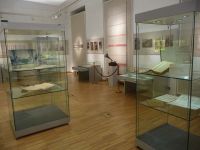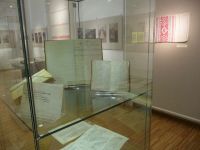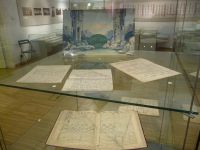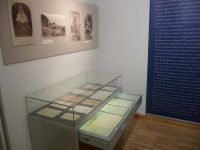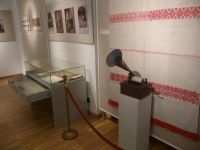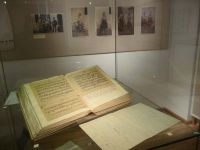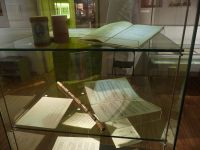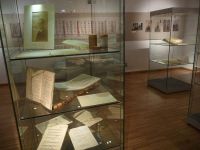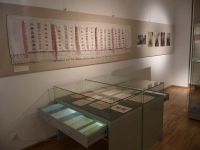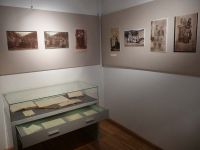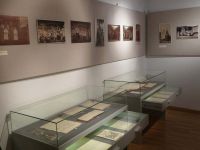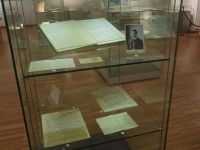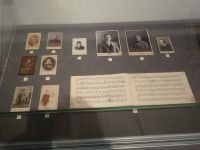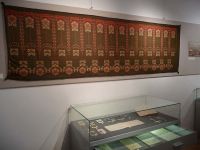|
A temporary exhibition in the 2nd room of the Museum of Music History organised by the Bartók Archives |
“His creative and performing work was accomplished with the precision and fastidious care of the scientist. His scientific work, apart from the necessary precision and thoroughness, is brought to life by artistic intuition. The folklorist offered the artist knowledge of a rich musical life from outside the ramparts of art music. On the other hand, the folklorist received from the artist superior musical knowledge and perception.” – Zoltán Kodály
“Folklorist” as an attribute cannot express and cover all the essential features of Béla Bartók’s complex musical style of universal significance. It can, however, put into relief some of the most distinguishing characteristics of his art, the basic inspiration behind his compositions as well as his enormous scholarly work. The importance of folk music can be revealed in his most complex modernist works, The Miraculous Mandarin (1918–24) or the Music for Strings, Percussion and Celesta (1936) as much as in the most simple pieces, masterly miniatures from the For Children (1908–11, 1943) and Mikrokosmos (1932–39) series. The exhibition of the Budapest Bartók Archives presents rarely shown original documents, compositional and scholarly manuscripts, letters, photos form the Hungarian Bartók Estate and some little known documents from the Kodály Archives, to give a rare insight into this exceptional musical life and work.
Pictures from the Exhibition:
Curator:
László Vikárius
Collaborators:
Anna Baranyi
Péter Gerő
and the staff of Bartók Archives








